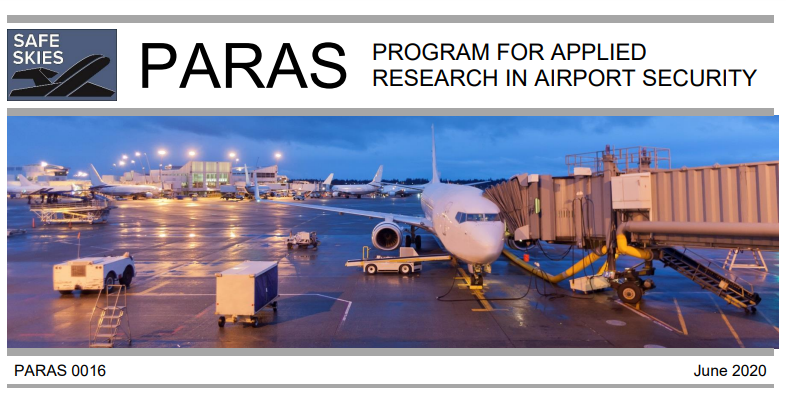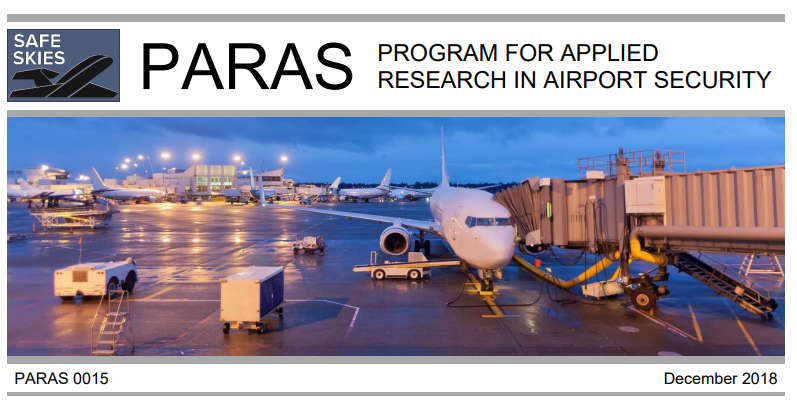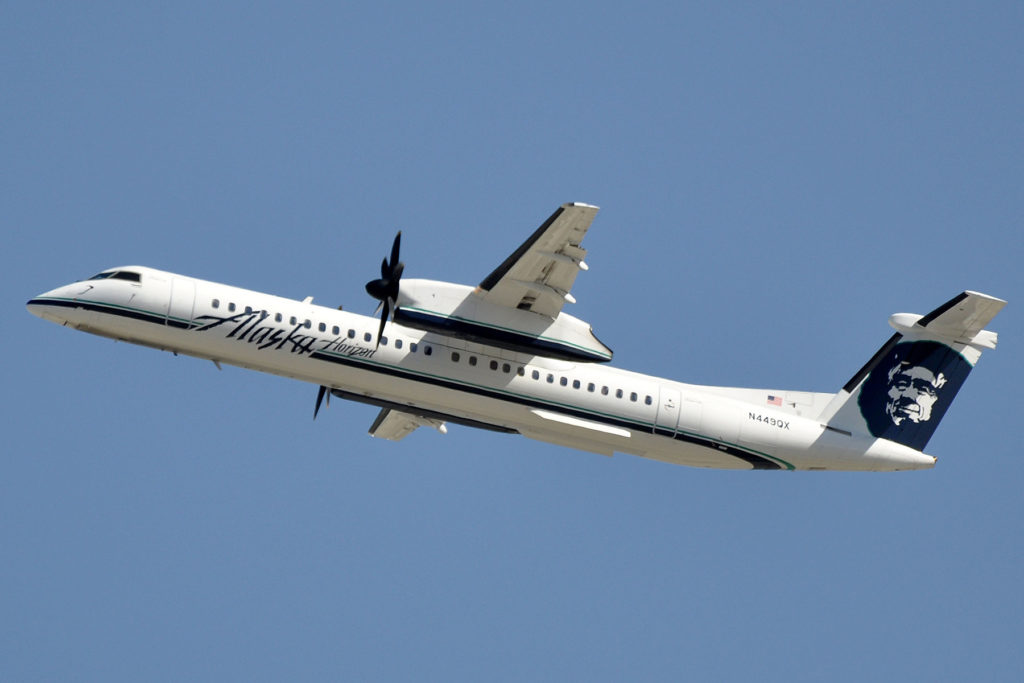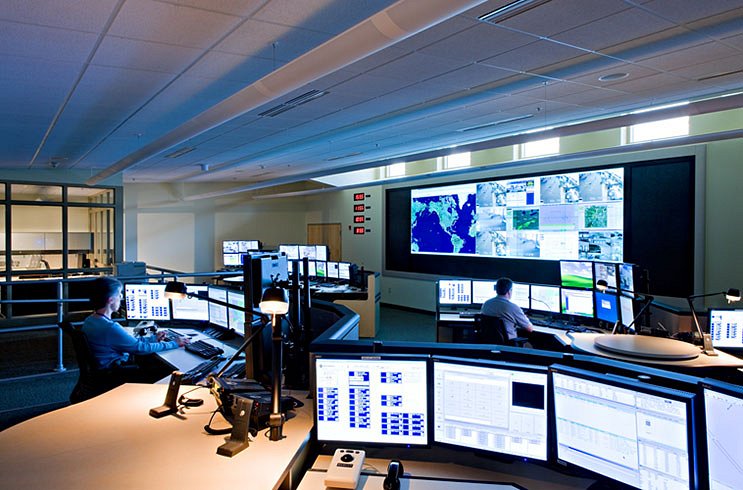Emergency incidents, including active shooters, power outages, airline reservation system failures, terrorist attacks, and other incidents leading to mass evacuations – due to real or perceived threats – are becoming more common in airports around the world. After-action reviews have identified the need to look beyond the concept of strict regulatory compliance and examine lessons learned to understand the tactical response and recovery needs in terms of procedures, personnel, and resources.
Over the past few months, Ross & Baruzzini has worked closely with Ft. Lauderdale-Hollywood International Airport (FLL) stakeholders and key city and county executives to assess the airport’s response to an active shooter event that took place on January 6, 2017. Information gathered during the analysis of the event is informative and applies broadly to other public venue emergencies. In the FLL incident, the unprecedented self-evacuation of people into secure areas led to the complete closure of FLL, passenger delays, traffic control issues, and personal property claim issues. While each incident is unique, a comparison of the FLL findings with other incidents in the United States indicates similar potential emergency preparedness gaps. Closing those gaps is essential for airports to facilitate safe and secure recovery and effective return-to-service. While historically many of these responsibilities have fallen on airlines, today airport customers expect the airport operator to take a leadership role in getting airport disruptions back to normal operations.
Emergency Planning
Advanced planning for specific threats, hazards, and functions.
In addition to FAA requirements for emergency planning, additional emergency preparedness and planning guidance are applicable to airports in support of effective response and recovery. Specific guidelines include the National Response Framework, the National Incident Management System, the Federal Emergency Management Agency (FEMA) Comprehensive Preparedness Guides, as well as the National Infrastructure Protection Plan. These resources provide vital information to support effective planning which is synchronized with other external local, state, and federal stakeholders. As an example, a Concept of Operations for command and control which is consistent with Incident Command System (ICS) principles assists in resource requests and tactical receipt of resources from external agencies including mutual aid and local, state, and federal resources. In addition, using staging areas as defined in the ICS facilitates effective and efficient use of resources to support response and recovery efforts. Staging areas also provide a single point of reporting for responders to receive assignments and provide security to maintain control of personnel reporting to potentially dangerous areas.
Consideration should also be given to crisis/risk communication planning. Such planning should provide linkage to the local emergency management agency so that all responding agencies understand by whom messages will be released at the jurisdictional level, clarify the approval process for messages per ICS, and reinforce jurisdictional responsibilities for coordinating message development and releasing public information. Radio frequencies and cell phones for first responders can get overwhelmed and the airport needs to make contingency plans to address this situation. Other planning considerations include:
- Family Assistance and Customer Care Plan – The traditional Family Assistance Plan for an aircraft emergency should be expanded to an airport-wide Customer Care Plan which can be used to codify procedures to 1) Assist persons with disabilities/special needs; 2) Provide language translation; 3) Reunify families; 4) Provide resource support for transportation, food, water, medical needs, shelter, and other relief supplies; 5) Support persons on delayed aircraft; 6) Identify safe havens, and 7) Collect/manage personal belongings and personal item retrieval.
- Emergency Traffic Plan – Such a plan supports ground transportation and provides traffic control during times of duress and should include provisions for emergency access credentials to allow airport access for key personnel.
- Continuity of Operations Plan – Such a plan supports 1) Resilience provisions that identify critical operational functions and supporting infrastructure with procedures to ensure that they are not affected by relevant disruptions, for example through redundancy and spare capacity; 2) Recovery provisions that allow restoration of critical operational functions that fail under duress; and 3) Contingency provisions that establish capabilities via backup sites addressing landside, terminal, and airside operations to the extent practical.
Coordination
Develop relationships with emergency response agencies before an event occurs to facilitate expedited response and recovery.
Equally important to effective emergency planning is coordination with stakeholders regarding roles, responsibilities, and procedures during specific types of emergencies. Most local jurisdictions have emergency plans which define specific roles and assign responsibilities to specific agencies. Generally, jurisdictional plans allow for coordination among various local agencies and non-governmental agencies to support specific functions, often called Emergency Support Functions (ESFs). As an example, ESF-6, Mass Care, may be led by the local public health department with support from organizations such as the American Red Cross. During an airport emergency where large numbers of people may be delayed for a significant period of time, pre-planned coordination with ESF-6 services can be very valuable in supporting temporary mass shelter, health care, food and water supply, and other human services.
At the jurisdictional (city/county) level, coordination with the local emergency management is vital to support resourcing and logistics for specialized goods or services and/or for providing large-scale resource support. Multi-agency coordination through policies, planning, training, and exercising support the following goals:
- Ensure that stakeholder response agencies coordinate incident action plan to prevent duplication of effort;
- Ensure adequate and accurate resource estimation to support resource requests;
- Ensure stakeholders concur with tactical recommendations; and
- Ensure stakeholders understand their roles, responsibilities, and limitations.
Among all stakeholder response agencies, it is important to establish a consistent understanding among agency leaders regarding when Unified Command is necessary and how it is to occur.
Training and Exercises
Develop competencies among assigned staff members to support emergency response and recovery.
Training and exercises provide an opportunity to build competencies and relationships among assigned emergency responders and airport stakeholders. As described in the Homeland Security Exercise and Evaluation Program (HSEEP), Multi-Year Training and Exercise Plans are recommended for airports to identify internal and external training, tabletop exercises, drills, and functional and full-scale exercises to develop competencies and relationships among personnel and agencies with assigned responsibilities under emergency response plans. While full-scale exercises are valuable periodically, focused operational drills also provide value in allowing tactical response personnel to familiarize themselves with the airport, equipment, and teammates. Among management personnel from stakeholder agencies and organizations, multi-agency tabletop and functional exercises are recommended to practice multi-agency coordination via unified command.
Specialized emergency planning, multi-agency coordination, and training and exercises allow airport management to build competencies among staff members and external stakeholders to minimize the impact of emergencies in public spaces. In an environment where threats and hazards evolve quickly, these steps are necessary to protect the traveling public and to maintain airport operations and economic viability.
Why Ross & Baruzzini for Emergency Planning and Business Continuity Services
For more than 35 years, Ross & Baruzzini has delivered specialized expertise in the field of airport operations, information technology, and electronic systems. Our team has direct professional experience in emergency preparedness and response, law enforcement, life/health/safety, physical and electronic security systems, risk assessment, and training and exercise services specific to the aviation sector. Our emergency planning specialists assist airports and aviation stakeholders to develop emergency response programs that define how to mitigate, prepare for, respond to, and recover from emergencies. The breadth and experience of our team allow us to augment emergency planning with appropriate training and exercises and to integrate preparedness activities with business continuity and other planning needs.
About the Authors
Michael Steinle, MBA
Michael has over 27 years of experience in project management, government affairs, emergency response, and environmental, health and safety stewardship. Michael served as a Technical Lead and Content Manager for the FLL Airport Active Shooter After-Action Report and has led many large-scale federal, state, and local emergency preparedness, resiliency, and public health planning projects. In 2010, Michael served as the Planning Coordinator on the FEMA Region VII New Madrid Seismic Zone Catastrophic Earthquake Plan and received a commendation from the FEMA Region VII Administrator. Prior to joining Ross & Baruzzini, Michael also implemented environmental, health and safety, and emergency preparedness programs at Kansas City International Airport.














